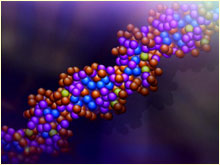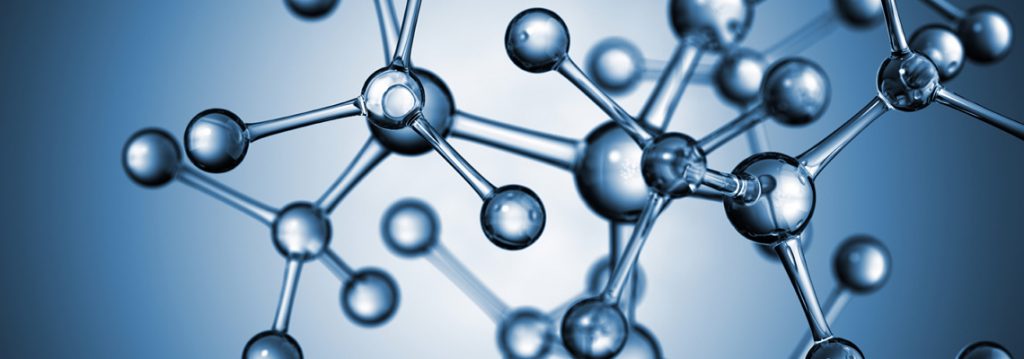News
Infrastructure and Innovation
Atmospheric Water Extraction (AWE)
Dr. Seth Cohen Water transport is as mission-critical and as logistically challenging as fuel transport for the U.S. military. Meeting deployed military water needs requires equipment resources, consumes fuel, and endangers personnel. The goal of DARPA’s Atmospheric Water Extraction (AWE) program is to provide potable freshwater for a range of military, stabilization, and humanitarian needs…
Read more
Atmosphere as a Sensor (AtmoSense)
Lt. Col. C. David Lewis, USAF The Atmosphere as a Sensor (AtmoSense) program is a fundamental science program that seeks to understand the propagation of mechanical and electromagnetic energy from the surface of the Earth through the Earth’s ionosphere due to transient events such as meteorological sources, geophysical sources, prompt hazards, etc. For example, an…
Read more
Hybrid Forecasting Competition (HFC)
Seth Goldstein – The HFC program seeks to develop and test hybrid geopolitical forecasting systems. These systems will integrate human and machine forecasting components to create maximally accurate, flexible, and scalable forecasting capabilities. Human- generated forecasts may be subject to cognitive biases and/or scalability limits. More Human-generated forecasts may be subject to cognitive biases and/or…
Read more
Finding Engineering-Linked Indicators (FELIX)
David Markowitz – The Finding Engineering-Linked Indicators (FELIX) program seeks to develop new experimental and computational tools to detect engineered biological systems. The development of new biotechnologies is enabling the ability to engineer a diversity of biological systems, with potential benefits ranging from new vaccines and therapeutics to novel materials and improved agriculture. More
Deep Intermodal Video Analytics (DIVA)
Jeff Alstott – The DIVA program intends to develop robust automated activity detection for a multi-camera streaming video enriched by person and object detection, as well as recognition at multiple levels of granularity. DIVA is anticipated to be a three-phase program. The program will focus on three major thrusts throughout all phases: More
Atomic-Photonic Integration (A-PhI)
Dr. John Burke Atom-based devices have proven to be the most accurate means of measuring the physical world. Two areas of great promise are the ability to measure frequency with optically probed trapped atom clocks as well as optically cooled atom interferometer inertial sensors. Together, they could form the basis of a fully autonomous navigation…
Read more
Autonomous Diagnostics to Enable Prevention and Therapeutics (ADEPT)
Dr. Amy Jenkins The Autonomous Diagnostics to Enable Prevention and Therapeutics (ADEPT) program supports individual troop readiness and total force health protection by developing technologies to rapidly identify and respond to threats posed by natural and engineered diseases and toxins. A subset of ADEPT technologies specifically support use by personnel with minimal medical training, delivering…
Read more
Atomic Magnetometer for Biological Imaging In Earth’s Native Terrain (AMBIIENT)
Dr. John Burke – A successful AMBIIENT program will lead to sensors that offer a unique capability for dynamic imaging of biological processes with extensive applications in both biomedical research and clinical diagnosis, including magnetoencephalography and magnetocardiography. Recent studies have demonstrated emerging applications in spinal signal detection, diagnosis of mild Traumatic Brain Injury, and in…
Read more
Flexible Transistors
MIT Technology Review 2001 – The implementation of pervasive computing-the spread of digital information throughout society–will require electronics capable of bringing information technology off the desktop and out into the world ( see ” Computing Goes Everywhere ,” ). To digitize newspapers, product labels and clothing, integrated circuits must be cheap and flexible-a tough combination…
Read more
Brain-Machine Interface
MIT Technology Review 2001 – Ongoing experiments in other labs are showing that this idea is credible. At Emory University, neurologist Phillip Kennedy has helped severely paralyzed people communicate via a brain implant that allows them to move a cursor on a computer screen (see “Mind Over Muscles,” TR March/April 2000). And implants may also…
Read more









